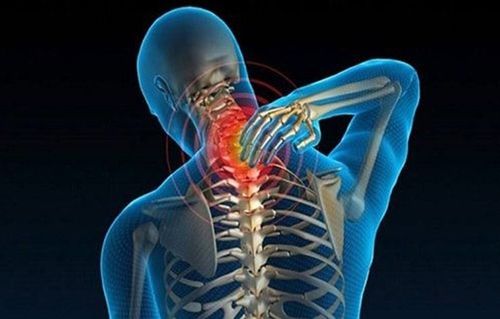This is an automatically translated article.
The article was professionally consulted by Specialist Doctor I Ho Quoc Tuan - Anesthesiologist - General Surgery Department - Vinmec Nha Trang International General Hospital. Doctor Quoc Tuan has many years of experience in the field of Anesthesia - Resuscitation.1. What is anesthesia? What is anesthesia?
One of the most common concerns in patients before surgery is: Is the surgery painful and what can I do to not feel pain during the surgery? If the patient is in too much pain and fear, it can lead to a fatal reflex cardiac arrest. Therefore, in most surgeries, people usually use anesthesia or anesthesia to help the patient no longer feel pain and can lie still for the doctor to perform the procedure. Local anesthesia numbs a small area of the body. Anesthesia is the loss of consciousness in the patient due to the effects of anesthetic on the brain. Depending on the requirements of each type of surgery, whether the surgical area is large or small, and the patient's health condition, doctors will choose different anesthetic and anesthetic methods.
2. Commonly used anesthetics and anesthetics
2.1 Anesthesia Local anesthesia : Local anesthesia is numbing a small part of the patient's body. Local anesthetics can be drops, sprays, ointments, or injections, so they can be easily absorbed into the nerve. The patient is awake, still aware of the activities taking place during surgery but feels no pain. Local anesthetic is applied when performing minor surgery for small wounds, skin, tooth extraction, tartar removal ... Regional anesthesia: is numbing in a larger area than local anesthesia, anaesthesia. Areas performed for surgery on larger or deeper parts of the body. Accordingly, anesthetic will be prescribed to be injected near the set of nerves that carry signals from that area of the body to the brain. Regional anesthesia keeps the patient awake during surgery but feels no pain. There are two main types of regional anesthesia: axial (spinal or epidural/pain control) and peripheral nerve block (blocking the conduction of one or more nerve fibers). related meridians). Spinal anaesthesia and epidural anesthesia are the two most common types of regional anesthesia, usually performed during lower body surgeries such as cesarean section, bladder surgery, or hip replacement. 2.2. General anesthesia is the process of making the patient insensitive to surgical stimuli, helping the patient to lie still during the procedure. General anesthesia causes paralysis of the body's muscles including the respiratory muscles. Therefore, patients under general anesthesia need a ventilator to do the work of the diaphragm and other respiratory muscles. This helps the patient during surgery to breathe in and out normally.
Light sedation (anxiolysis): General anesthesia usually begins with sedation, so that the endotracheal tube can be intubated. Causing amnesia (Amnesia). Creating artificial sleep (hypnosis) Pain control (analgesia). Use of drugs that cause loss of mobility (muscle relaxants). Anesthesia is divided into 3 types depending on the way the anesthetic enters the body:
Inhalation anesthesia: the drug is taken into the body through the respiratory tract, the patient inhales the anesthetic vapor, and the drug enters the alveoli. blood. Anesthesia through other routes: vein, rectum, muscle Combined anesthesia: Using many different anesthetic drugs through one or more routes into the patient's body. Use anesthetic and combine with pain relievers, muscle relaxants. General anesthesia with regional anesthesia. During surgery under general anesthesia, the patient is closely monitored by the doctor with electronic devices that monitor heart rate, blood oxygen level, number of breaths and electrocardiogram.
Many people worry whether anesthesia will affect their lives? However, patients do not need to worry, because the most important goal of anesthesia is to ensure patient safety during surgery. Thanks to medical advances, anesthesia has now been widely practiced and the rate of complications in anesthesia is very low, so we are completely assured when performing pre-operative anesthesia.
Please dial HOTLINE for more information or register for an appointment HERE. Download MyVinmec app to make appointments faster and to manage your bookings easily.














